The score everyone wants to achieve for any “test” we have taken (from grade school through post-secondary education) is 100%. One Hundred is also the score that any company involved with the Safe Quality Food (SQF) standard wants to achieve.
But…What does 100% mean in SQF?
Does it mean that your company is doing everything right? What is involved in getting that score? What does it take to maintain it?
First, congratulations on becoming SQF certified. Learning the SQF code and preparing your facility takes time. On average it’s about 6 months from the time a company opts into the program until the time they earn the certification. Much of this time is spent preparing for the audit through paperwork trails and training programs. The audit itself is a very short process in and of itself. The average audit is only 2-3 days; which means a company is preparing for the audit the other 362 days of the year.
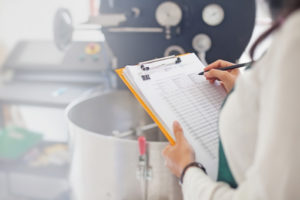
Anyone who has been through an SQF audit knows that it is a “snapshot in time.” Your auditor will even tell you this in your opening meeting. The auditor certainly cannot see everything a company is doing in just 2-3 days. SQF auditors, however, are well-trained. The certification process to become an auditor is lengthy and there is annual continuing education involved. These auditors are also well-versed in the SQF code. Many are cross-trained and can audit multiple codes and categories within the SQF umbrella. When a company is undergoing an audit, they must provide documentation pertaining to Module 2 of the code (whether your scope is in manufacturing, retail or distribution, module 2 is the same.) In Module 2 the auditor is looking at a company's management responsibilities as well as programs involving food safety (HACCP), manufacturing practices (GMP), verifications of these programs, trending, internal inspections and allergen management in addition to a number of others.
Sitting through the desk audit can be painstaking. Hours of auditor questions and offerings of company program documents to show that a company is doing what they say they are doing. An auditor will then take knowledge of the company’s programs and make their way to the warehouse or processing site to make comparisons. Again, asking themselves, "Is the company doing what they say they are doing?"
The auditor will review prerequisite programs. These programs may involve cleaning, maintenance, pest control, and temperature controls to name only a few. Documentation of these activities must be impeccable. An auditor will look for inaccuracies, missing information and lack of detail. They will also be looking for trends in program management. The auditor will make comparisons from month to month through the documentation provided. An auditor may then interview personnel, with questions pertaining to their job functions and programs such as allergen management or temperature control.
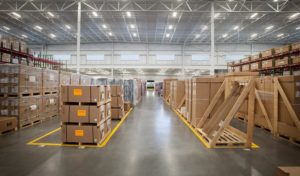
The auditor is not in a facility to fail them or “find” something wrong. The auditor is there to observe and research the processes. Remember, the audit itself is merely a snapshot of what is likely getting done throughout the remainder of the year. Findings by auditors can be very minor and cause the loss of only a point or two on an audit or they may find a complete breakdown in a process which will lead to a follow-up audit 6 months later.
When an auditor is satisfied with the information they have received, both visually, verbally and in type they will review findings if any were observed and create a report. No findings means that the auditor found nothing in the paperwork or processes that was of concern, as it applies to the SQF code. With that, a company earns a score of 100%.
Yes 100% is attainable and sustainable. It does not come without hard work and dedication. Not only must the SQF Practitioner and upper management continue to work on the program, all personnel involved in the company’s processes must be diligent in making certain that they are carrying out the functions of the company's Food Safety Plan, every single day.
Nelson-Jameson and its employees are dedicated to Food Safety. 100% has been achieved in our SQF certified facilities 8 times consecutively. Will this happen every year? Possibly not. However, we will continue to strive for that score. Achieving a score that is not easily given out is a great morale booster for employees, as well as an assurance to partners and customers that the safety and integrity of products that come through our distribution center is our top priority.
Find out more about the SQF code at: https://www.sqfi.com/
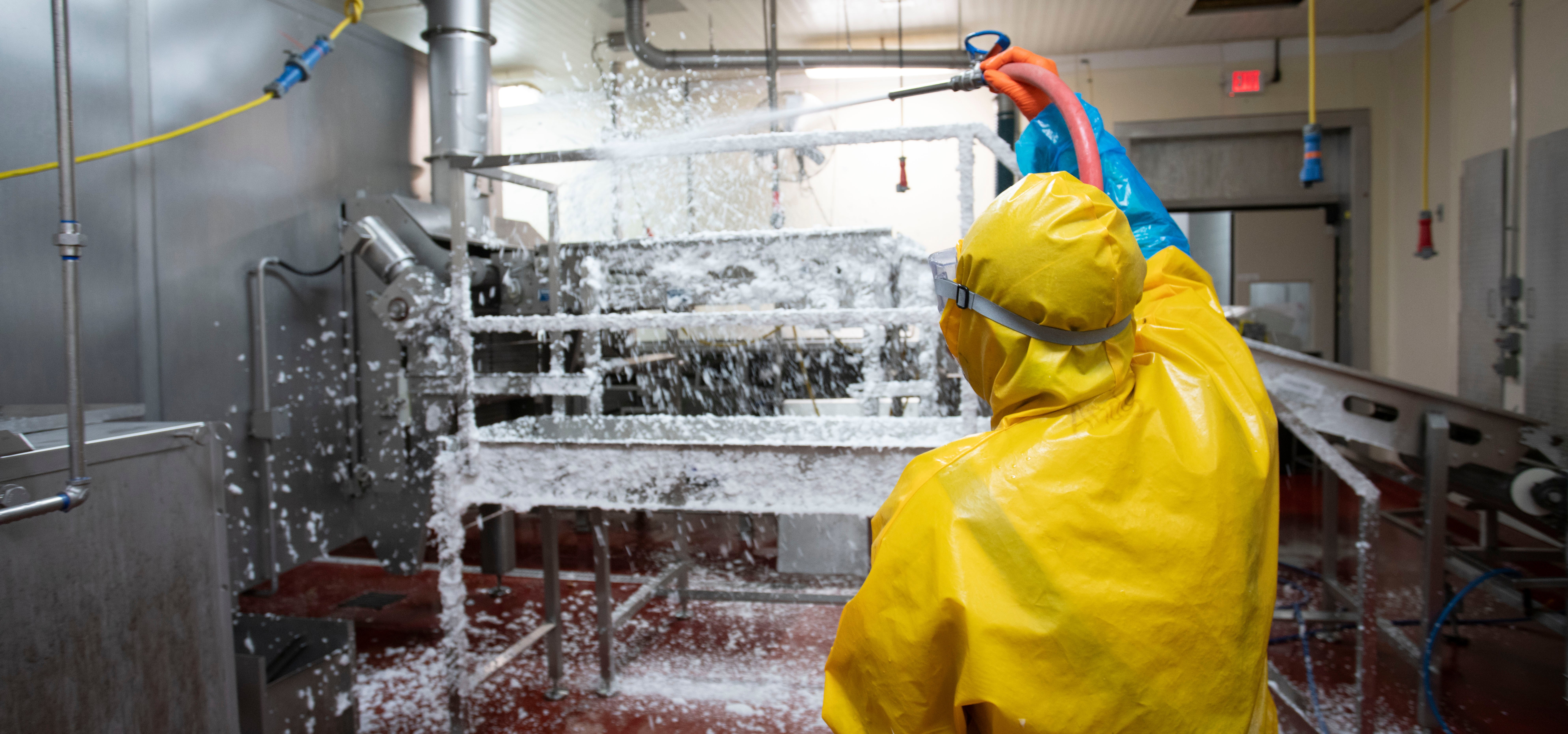
December 1, 2025
Nelson-Jameson understands that efficiency and worker safety are equally important goals in food manufac...

November 26, 2025
For food manufacturers, a lapse in either worker safety or food safety can initiate a domino effect. It ...
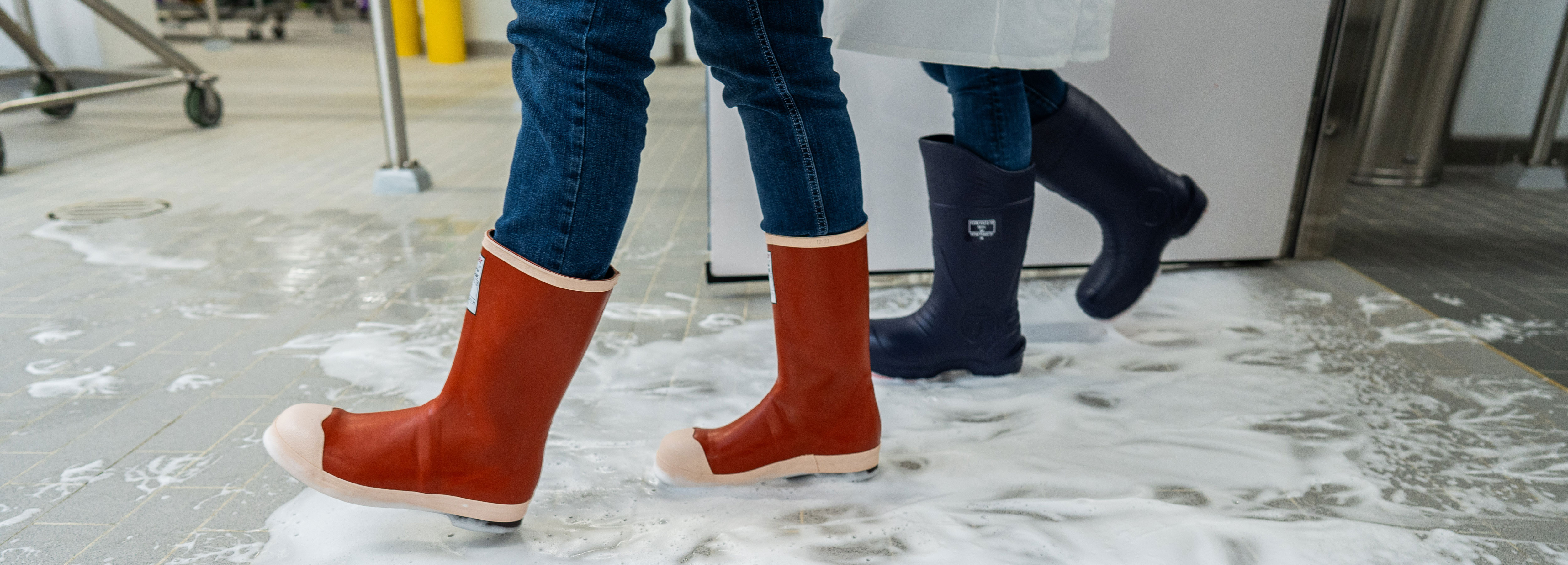
November 26, 2025
Ensuring worker safety and maximizing operational efficiency are not mutually exclusive goals in a food ...
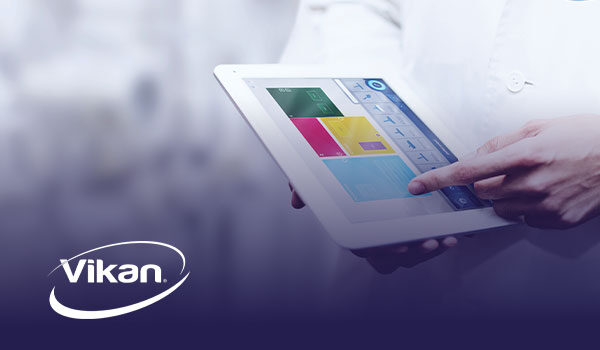
Recognize and address possible hygiene and sanitation challenges based on the cleaning and material handling equipment available in your facility.
Through a discovery call, virtual, or on-site assessment, Vikan SQF Practitioner certified specialists will assist in confirming that your system and cleaning tool inventory aligns with your risk management objectives while pinpointing any missing tools and enhancing maintenance and usage practices. Evaluate whether your existing tools are utilized in the most effective manner, or determine if a more suitable tool exists for the task at hand. Ensure that your tools comply with all relevant standards and regulatory requirements. Site evaluations encompass a summary survey, an overview of the location, a color-coded factory layout plan, product suggestions, a recommended order form, and a proposal for a follow-up survey.
Food Safety, Sanitation, Cleaning Tools, Color Coding
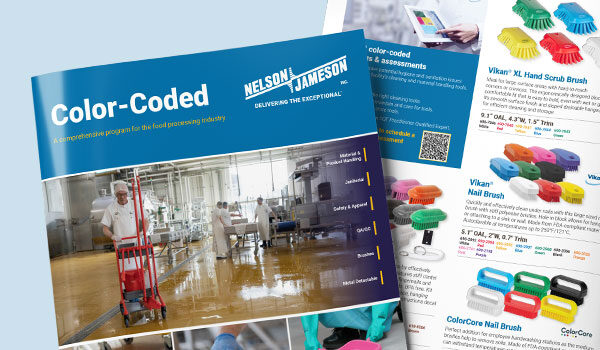
This is a comprehensive program for the food processing industry. Nelson-Jameson brings together the most extensive collection of color-coded products for material handling, product handling, janitorial, safety, apparel, QA/QC, and metal-detectable applications. With the right pieces, a color-coding system is a powerful tool in preventing cross-contamination of allergens and food-borne illnesses that can lead to sickness or expensive product recalls.

Food Safety, Sanitation, Cleaning Tools, Color Coding
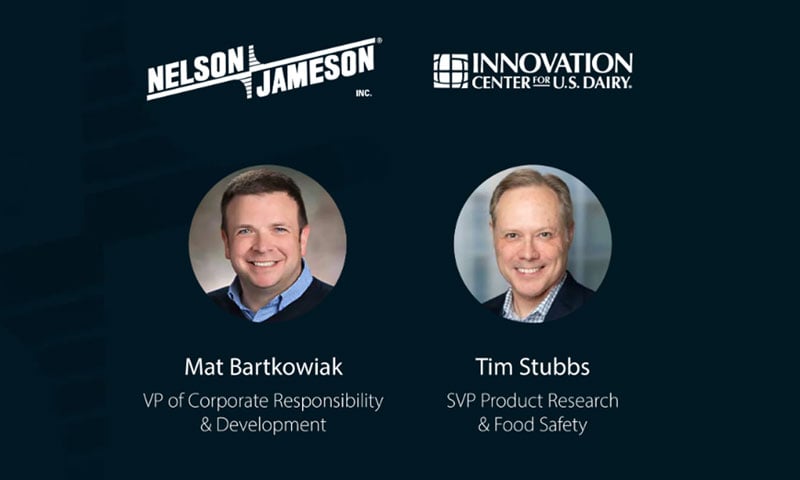
Food Safety
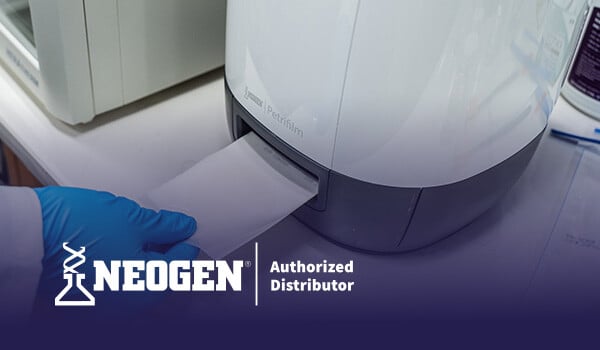
Get Petrifilm Certified through our complimentary immersive workshop for managers, personnel, and teams. The workshop offers practical knowledge through hands-on training and networking with industry professionals and experts. Attendees gain an in-depth understanding of Petrifilm technology and valuable insights into effective environmental monitoring practices. Participants leave with a certification and a wealth of resources that can significantly contribute to elevating their plant's quality control standards.
Food Safety, Sanitation, Laboratory